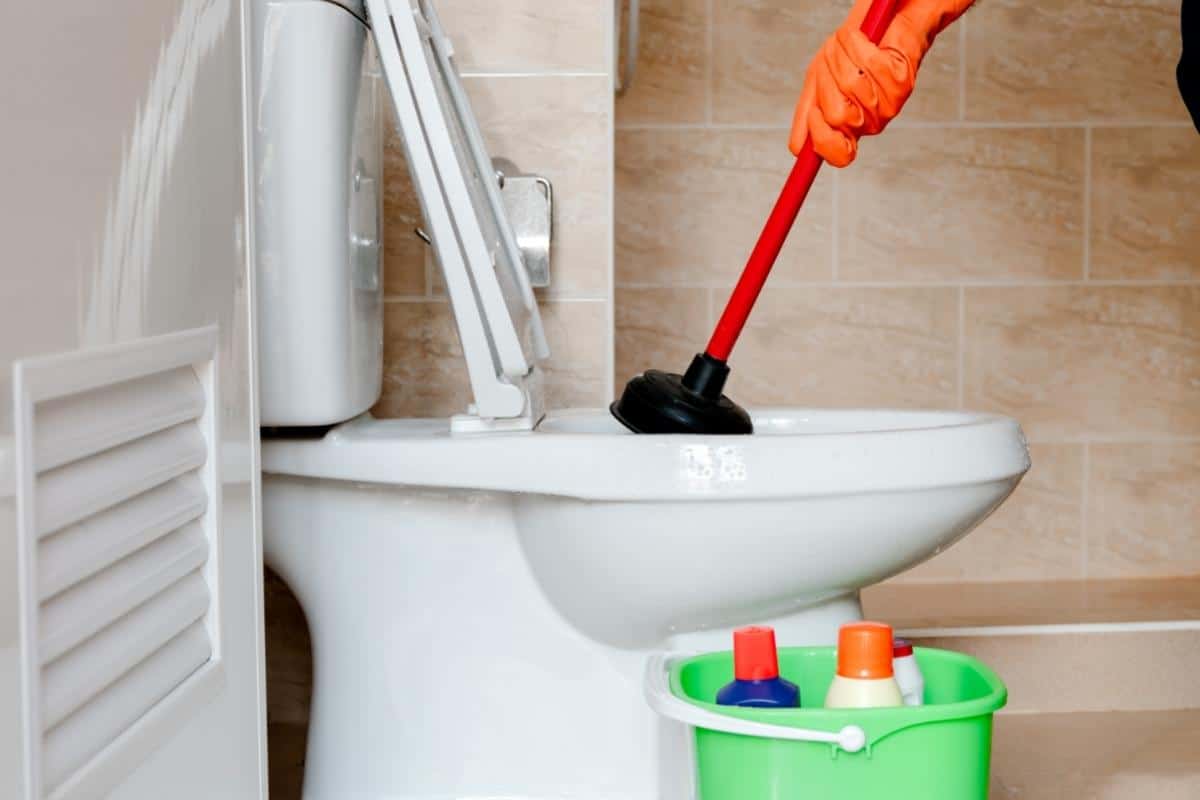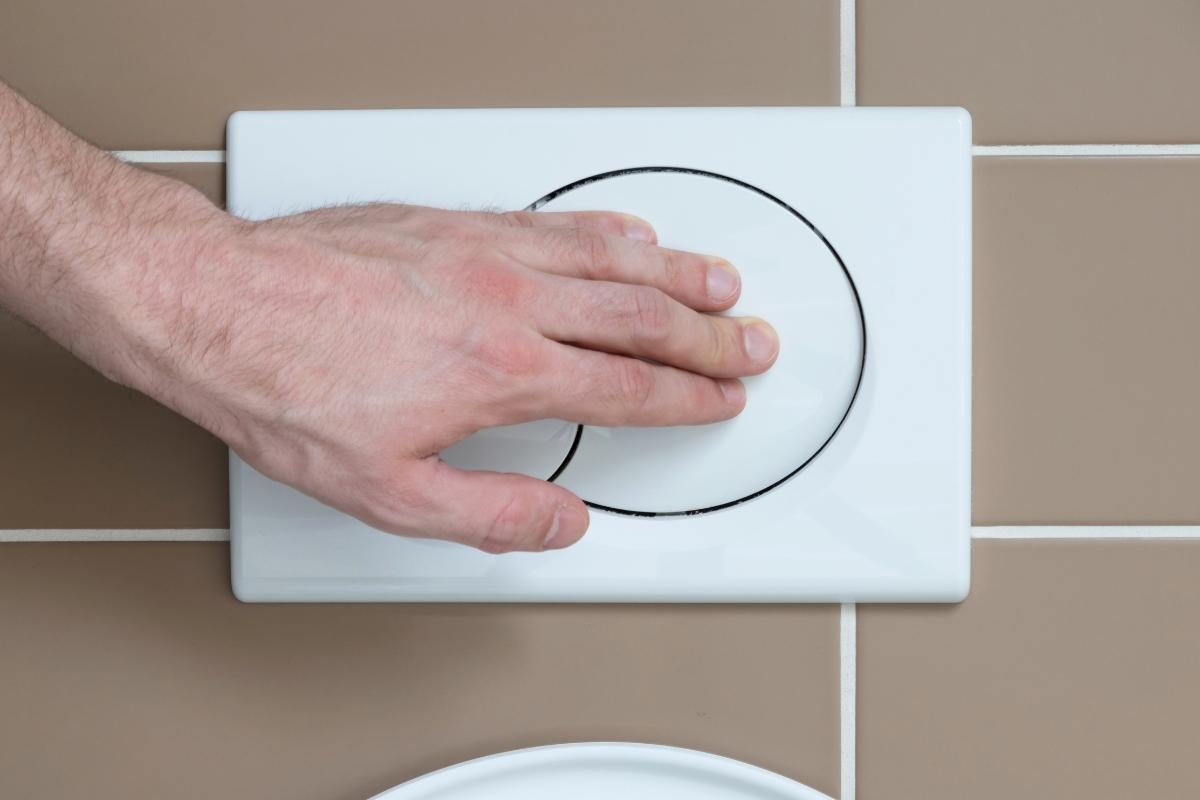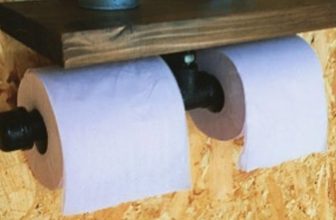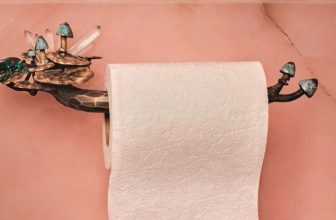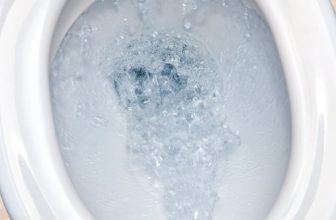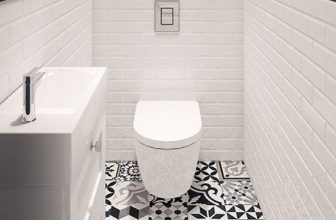Problems with Dual Flush Toilets? – Causes and Solutions
Dual flush toilets are designed to save water by using two different flushing volumes for liquid and solid waste. This saves water by allowing users to choose the appropriate flushing volume for the waste they are disposing of.
Dual flush toilets typically use between 0.8 and 1.6 gallons per flush, which can save up to 1,000 gallons of water per year compared to a standard 1.6 gallons per flush toilet.
One of the biggest problems with dual flush toilets is that they can be difficult to flush properly. If you don’t flush them correctly, they can leave waste behind that can eventually lead to a clog.
There can also be problems with the seals on the tank, which can leak.
Finally, dual flush toilets can be more expensive than traditional toilets. While they may save you money in the long run, the initial investment can be quite high.
Dual flush toilets are becoming increasingly popular, however, these toilets can have a number of problems that can make them less than ideal in some situations. This article contains the main dual flush toilet problems.
Features of Dual Flush Toilets
Dual flush toilets have a larger trapway than standard toilets and a wash-down flushing design that pushes the waste down the drain. This design uses less water per flush, making it more efficient than standard toilets.
The larger diameter trapway also makes it easier for waste to exit the bowl, preventing clogs and making the toilet easier to clean.
Pros and Cons of a Dual Flush Toilet
There are several pros and cons to having a dual flush toilet.
| Pros | Cons |
|
|
Dual Flush Toilet Problems
If not installed or maintained properly, dual flush toilets can have a number of problems. They can leak at the connection between the tank and the bowl, or they can have problems with the flushing mechanism itself. In addition, the bowl can become stained or cracked over time.
Below we take a closer look at the problems with dual flush toilets.
Why does my toilet flush twice?
There are a few reasons your dual flush toilet may be flushing twice.
One possibility is that the adjusting ring on the flapper is not set correctly. This ring controls how long the flapper stays open, so if it is set too low, the flapper will close too soon and the toilet will flush twice.
Another possibility is that the flush valve is not seated correctly on the flapper. This can cause a leak, which will cause the toilet to flush twice.
Finally, it is possible that the flush valve is dirty or clogged. This can also cause the toilet to flush twice.
Push button toilet flush problems
When a push-button toilet’s dual flush feature isn’t working properly, it’s usually because something is blocking the toilet pipe. To fix the problem, you need to remove the blockage manually with a metallic rod. You can also try using a drain plunger to unclog the toilet for about 20 seconds.
If the flushing still isn’t working properly, you may need to call a plumber to come and take a look.
Low flush toilets problems
Some low-flush toilets problems include:
- they may not push the waste far enough down the drain, which can lead to clogs and other plumbing problems;
- the whooshing sound they make when flushing can be quite loud and annoying;
- if not properly maintained, they can become less effective over time and may eventually stop working altogether.
Overall, low-flush toilets can be more trouble than they’re worth. If you’re having problems with your low-flush toilet, it’s best to consult a professional to see if there are any solutions.
The need for constant cleaning
If you have a dual-flush toilet, you may find that you need to clean it more often than a standard toilet. The reason is that the holes under the toilet rim can get clogged with dirt, which reduces the water flow into the toilet. This can cause the toilet to get dirtier, harboring germs you can’t see.
Therefore, it’s important to keep your toilet brush handy to clean the bowl as needed.
Increased clog risk
Though dual flush toilets are becoming increasingly popular, it is important to remember that they come with an increased risk of clogs. This is because the lower level of water pressure in the pipes can cause solid waste to become stuck and form a clog.
If you are considering installing a dual flush toilet, be sure to check with your plumber first to see if your home’s plumbing system can handle the lower water pressure.
Hard-to-reach buttons
It is a common concern for many people who are looking to purchase a new toilet. The main reason for this is that the buttons on the toilet can be uncomfortable and difficult to reach, especially for young children or the elderly. Additionally, the buttons can sometimes stick, causing the toilet to keep running.
If this is a concern for you, you may want to consider finding a dual-flush toilet that uses levers rather than buttons. Although these toilets are more expensive and harder to find, they may be a better option for you.
Higher costs for toilet repairs
Dual flush toilets use two different mechanisms to flush waste, which means that there is potential for twice as many problems. Repairing a dual flush toilet can be more expensive than a single flush toilet, especially if you need to hire a plumber.
However, if you are handy and can do the repairs yourself, you can keep the costs down.
Which button should I press?
Those who didn’t flush the toilet with dual flush may not know which button to press. There is a big button and a small button, and people don’t know which one to use. Sometimes people end up flushing twice because they don’t know which button to use.
The amount of water used for each flush is typically indicated on the buttons. If you are unsure which button to press, it is best to err on the side of a full flush to ensure that the waste is completely flushed away.
Dual Flush Toilet Troubleshooting
If your dual flush toilet isn’t working properly, there are a few things you can do to troubleshoot the issue.
First, check to make sure that the water supply to the toilet is turned on.
Next, flush the toilet to see if the water level in the bowl goes down. If it doesn’t, check the float valve to see if it’s set properly. If the float valve is set too low, it will prevent the water from draining properly.
Finally, check the flapper to see if it’s properly seated. If it isn’t, the toilet won’t flush properly.
How to replace a toilet flapper
Assuming you have already purchased the new flapper:
- Turn off the water to the toilet by shutting off the valve located behind it.
- Lift up the toilet tank lid. Put it aside.
- Flush the toilet to empty the tank.
- Disconnect the lifting chain from the flush handle lever.
- Remove the old flapper from the flush valve opening by taking off the ears that connect it to the overflow tube pegs. Discard the old flapper.
- Put the new flapper in the flush valve opening and secure the ears to the overflow tube pegs.
- Reattach the lift chain to the flush handle arm.
- Adjust the chain so there is about a ½ inch of slack when the handle is not being used.
- Turn the water back on and test the toilet by flushing it.
Adjust the water level in the tank
If your toilet is flushing twice, it could be because the water level in the tank is too high. Adjusting the water level is pretty easy and only requires a screwdriver.
To adjust the water level, remove the toilet tank lid and locate the float ball or float cup. If your toilet has a float ball, there will be a screw connecting the float ball arm to the fill valve. Use a screwdriver to turn the screw clockwise until the water level is significantly lower.
Flush the toilet to see if it will flush once or twice. Keep adjusting the float ball until the problem is solved.
If your toilet has a float cup, there will be a long plastic screw next to the float cup. Use the screwdriver to turn the screw clockwise until the water level is at the desired height. Flush the toilet to confirm that the double flushing problem is fixed.
If you are not comfortable adjusting the water level on your own, you can call a plumber to do it for you. However, it is a fairly simple repair and should not cost more than a few dollars.
FAQ
Are dual flush toilets a good idea?
There are many thoughts on whether dual flush toilets are a good idea or not. Some people think that they are a great idea because they save water. Other people think that they are not a good idea because they can be confusing to use. Overall, it really depends on the person’s opinion.
Do dual flush toilets leak?
According to the BBC, many dual flush toilets are prone to leakage due to their design. The majority of these toilets use the drop valve system, which allows water to flow out when the flush is pressed. This system is more prone to leakage than other types of toilets.
How much water can be saved by using a dual-flush toilet?
Dual flush toilets are a great way to reduce the amount of water you use each time you flush the toilet. Depending on which model you choose, you can save up to 67 percent of the water that a traditional toilet uses.
Older toilet models use an average of 3.5 gallons per flush, but some models use as much as 7 gallons.
The standard for dual flush toilets is 1.6 gallons, which is a significant decrease from older models.
What happens if you press both buttons on a dual-flush toilet?
Pushing both buttons on a dual flush toilet releases a maximum of six liters of water to rinse the bowl. This is the same amount of water that is released when just the larger button is pushed.
Bottom Line
There are a variety of dual flush toilets on the market, and most have very few problems. However, any mechanical device can have problems, including dual-flush toilets. The most common problems seem to be leaks, clogs, and noise.
Have you had problems with the dual-flush toilets? How did you fix the toilet? Share your experiences in the comments.
